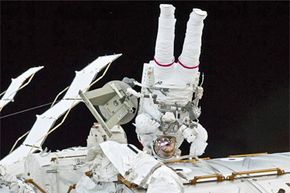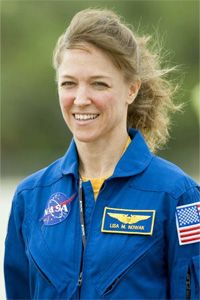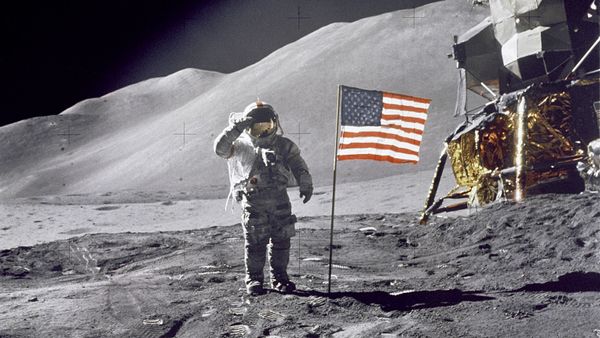Developing cutting-edge technologies for an audacious purpose, such as rocketing to the moon or peering back through time to the beginning of the universe, can produce innovations with a surprising variety of applications. For example, memory foam, developed by NASA in 1966 to absorb shock in airplane seats, ultimately found uses in Tempur-Pedic mattresses, football helmets, shoes, hospital beds, prosthetics, cars, amusement parks and modern art.
The space agency also has transformed products that it didn't invent, as when NASA engineers developed more rugged bar code readers, more accurate quartz clocks and smoke detectors with adjustable sensitivities. Digital image enhancement, the go-to plot device for police procedurals like "CSI Miami," was developed by NASA in the mid-1960s to enhance images of the moon's surface. Medical scanners later incorporated the technology to improve their resolutions, prompting the mistaken belief that NASA invented MRI and CT scans [source: NASA].
Advertisement
NASA's impact on diapers was more subtle.
The agency developed its adult diapers out of necessity. Astronauts floating outside their spacecraft on long spacewalks (which can last five to eight hours) can't just knock off for a bathroom break. During takeoff, astronauts may have to remain strapped for hours in back-laying chairs with their knees and legs above their heads -- a position that increases the need to urinate. Even if crew members dehydrate themselves before takeoff, nature will not be denied: The kidneys will still trickle out a milliliter of urine a minute. NASA estimates that astronauts expel around a liter of urine while in launch position [source: O'Driscoll].
To deal with these issues, NASA first developed the urine collection and transfer assembly, or UCTA, a precursor to the adult diaper that astronauts used throughout the early space program and the Apollo missions [source: Sauer and Jorgensen]. Astronauts wore the UCTA over the liquid cooling garment of the space suit. It connected to the astronaut via a roll-on cuff attached to a collection bag, which the crew could empty into a collection tank via a one-way valve [source: Smithsonian]. A separate system was in place for the astronauts to relieve themselves when not suited up for launch, extravehicular activity or emergency modes.
In the next section, we'll look at why NASA switched to using an adult diaper to handle space suit relief, and how its approach affected the diaper industry back on Earth.
Advertisement



